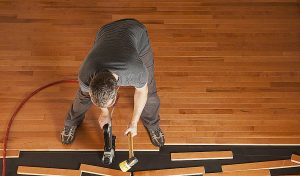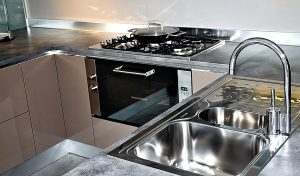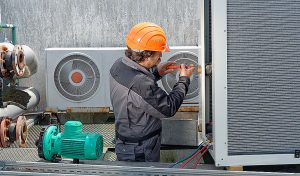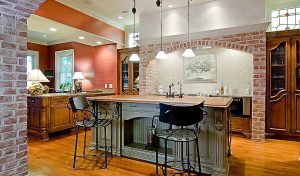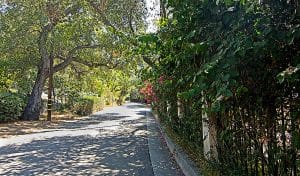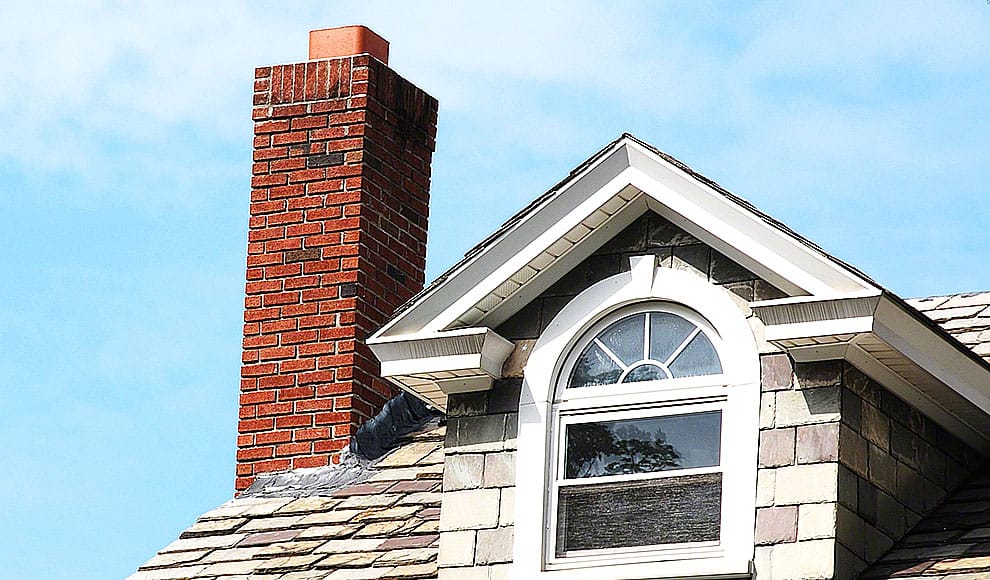
Owning a fireplace in your new home brings warmth and charm, but it’s vital to prioritize chimney safety to avoid potential risks to your family and property. This comprehensive guide covers the essentials of chimney safety, from basic maintenance to identifying hazards and ensuring thorough chimney inspections.
Grasping the Importance of Chimney Safety
Before you light your first fire, it’s crucial to understand the importance of chimney safety. A well-maintained chimney effectively vents smoke and combustion byproducts outdoors, preventing harmful creosote buildup that can cause chimney fires. Regular inspections and cleanings help spot and address issues like blockages, cracks, or deteriorating masonry, safeguarding your fireplace’s efficiency and safety.
The Value of Professional Chimney Inspections
As a new homeowner, one of the first steps is to schedule a professional chimney inspection. Certified chimney sweeps will thoroughly assess your chimney’s condition, including the flue liner, chimney cap, damper, and masonry structure. They check for creosote buildup, blockages, or structural damage, and recommend necessary repairs or maintenance to ensure your chimney is safe.
Creosote Buildup and Chimney Fire Risks
Creosote, a sticky, tar-like substance, forms when wood or other organic materials burn in the fireplace. Over time, it can accumulate in the chimney flue, creating a highly combustible layer that raises the risk of chimney fires. New homeowners should recognize signs of creosote buildup, such as a strong, acrid odor, black or brown residue on the chimney walls, or loud cracking or popping sounds during a fire. If these signs appear, schedule a chimney repair immediately to remove the creosote and minimize fire risk.
Essential Chimney Maintenance Tips for New Homeowners
Besides professional inspections and cleanings, new homeowners can undertake several maintenance tasks to keep their chimneys in good shape:
- Clear Ashes and Debris: Regularly remove ashes and debris from the fireplace hearth to prevent blockages and ensure proper airflow.
- Inspect Chimney Cap and Spark Arrestor: Check for damage or obstructions that could hinder smoke from exiting the chimney.
- Monitor Chimney Mortar and Bricks: Look for signs of cracking or deterioration, particularly after severe weather events.
- Trim Nearby Trees: Ensure tree branches are kept trimmed to prevent interference with the chimney or debris accumulation on the roof.
- Install a Chimney Cap: If your chimney lacks a cap, install one to keep animals, birds, and debris out of the chimney flue.
Understanding Chimney Draft and Airflow
Proper chimney draft and airflow are crucial for efficient fireplace operation and smoke removal. Factors like chimney height, flue size, and exterior obstructions can impact draft performance, leading to smoke backdrafts or downdrafts. Optimize chimney draft by ensuring adequate home ventilation, fully opening the damper before starting a fire and using a chimney cap to prevent wind-induced downdrafts. Promptly addressing draft issues is essential for maintaining chimney repair Columbia and indoor air quality.
Proactive Measures to Enhance Chimney Safety
In addition to regular maintenance, new homeowners can take several proactive steps to improve chimney safety:
- Install Detectors: Place smoke and carbon monoxide detectors near the fireplace and throughout the home to detect potential hazards.
- Keep a Fire Extinguisher Handy: Ensure everyone in the household knows how to use it in case of a chimney fire or other emergency.
- Establish a Safe Zone: Create a safe area around the fireplace to keep children and pets from getting too close to the fire or accidentally knocking over burning logs.
- Use Seasoned Firewood: Burn only properly dried firewood to reduce excessive creosote buildup and minimize chimney fire risk.
- Avoid Accelerants: Don’t use gasoline or lighter fluid to start a fire, as they can cause dangerous flare-ups and increase chimney fire risk.
Selecting and Storing Firewood
Selecting and storing firewood properly is crucial for optimal burning performance and chimney safety. Use hardwoods like oak, maple, or hickory, which produce less creosote and burn cleaner than softwoods. Avoid burning treated or painted wood, and green or unseasoned wood, which can increase creosote buildup and produce excessive smoke. Season firewood by splitting and stacking it in a dry, well-ventilated area for at least six months before use. Store firewood away from the house to prevent moisture intrusion and pest infestations.
Emergency Procedures and Evacuation Plan
Prepare for chimney-related emergencies by outlining emergency procedures and an evacuation plan. Provide step-by-step instructions for responding to chimney emergencies, such as safely extinguishing a chimney fire, evacuating the home, and contacting emergency services. Designate a meeting point outside the home and practice emergency drills with all household members. Seek prompt medical attention for symptoms of carbon monoxide poisoning, like headache, dizziness, nausea, or confusion.
Chimney Cap and Spark Arrestor Maintenance
Chimney caps and spark arrestors prevent debris, animals, and sparks from entering the chimney flue and causing hazards. Regularly inspect and maintain these components to ensure they are in good condition and free of obstructions. Check for rust, corrosion, or damage, and ensure mesh screens are intact. Clean and maintain chimney caps and spark arrestors, replacing them if necessary to maintain chimney safety and performance.
Seasonal Maintenance and Preparation
Preparing your fireplace and chimney for different seasons is essential for safety and efficiency. During the fall, schedule a thorough inspection and cleaning to remove any accumulated creosote from the previous winter. In winter, ensure that snow and ice do not block the chimney cap or flue, which can prevent proper ventilation and increase the risk of carbon monoxide buildup. Spring is an excellent time to inspect for any damage caused by the harsh winter weather and make necessary repairs. During the summer, focus on maintenance tasks such as cleaning the chimney and inspecting the mortar and bricks for any signs of wear or damage. Regular seasonal maintenance helps keep your chimney in optimal condition year-round.
The Benefits of Chimney Liners
Chimney liners play a crucial role in enhancing the safety and efficiency of your fireplace. These liners protect the chimney walls from heat and corrosion caused by smoke and combustion byproducts, thereby extending the lifespan of your chimney. They also help prevent toxic gases from seeping into your home, ensuring better indoor air quality. Installing a chimney liner can improve the draft, allowing the fireplace to burn more efficiently and reduce creosote buildup. There are different types of liners, such as clay, metal, and cast-in-place, each with its benefits. Consulting with a professional to choose the right liner for your chimney can provide long-term safety and performance benefits for your home.
Conclusion
As a new homeowner with a fireplace, prioritizing chimney safety protects your family and property. Understand the basics of chimney sweep services Bowie, schedule regular professional inspections, and take proactive measures to prevent hazards. Stay vigilant, follow best practices for fireplace use, and address issues promptly to ensure your chimney remains safe and efficient for years to come.

